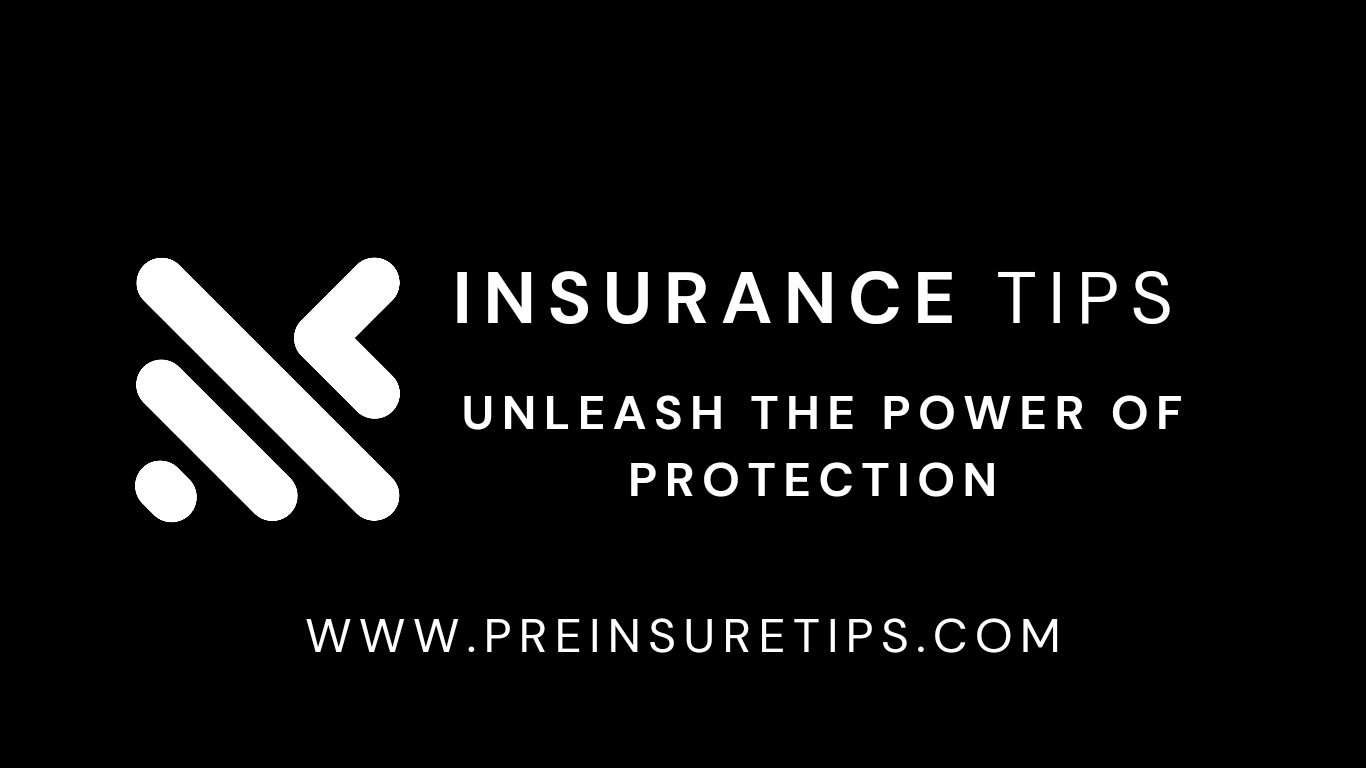Securing your tools and equipment is a critical aspect of running a successful business. Accidents, theft, or damage can happen unexpectedly, making it essential to explore the world of “Insurance for Tools and Equipment.” In this guide, we’ll navigate through the importance of this type of insurance, the coverage options available, and how to choose the right policy to safeguard your valuable assets.
What is Tool and Equipment Insurance?
Tool and equipment insurance is a specialized coverage designed to protect your business assets from various risks. It goes beyond general business insurance by specifically addressing the unique challenges associated with tools and equipment used in different industries.

Why is it Necessary?
The tools and equipment used in businesses are often significant investments. Insurance provides financial protection against unexpected events such as theft, damage, or loss, ensuring that your business can recover without bearing the full financial burden.
Types of Coverage
Property Coverage
This type of coverage protects your tools and equipment against physical damage or loss caused by covered perils, including fire, vandalism, or theft.
Liability Coverage
Liability coverage comes into play if your tools or equipment cause damage to third-party property or injure someone. It helps cover legal expenses and potential settlement costs.
Inland Marine Coverage
Inland marine coverage is designed for tools and equi
Determining Your Insurance Needs
pment that are frequently in transit. It protects against damage or loss while these items are being transported.
Assessing the Value of Tools and Equipment
Before obtaining insurance, conduct a thorough assessment of the value of your tools and equipment. This ensures that you purchase adequate coverage to match the replacement cost.
Understanding Potential Risks
Identify the specific risks associated with your business and the tools/equipment you use. This understanding will help you tailor your insurance coverage to address potential threats effectively.
Choosing the Right Insurance Policy
Researching Insurance Providers
Look for insurance providers with experience in insuring tools and equipment. Read reviews, check their reputation, and ensure they have a history of fair and efficient claims processing.
Comparing Policy Options
Not all insurance policies are the same. Compare the coverage options, deductibles, and premiums offered by different providers to find the policy that best suits your business needs.
Factors Affecting Insurance Costs
Type of Tools and Equipment
The nature and value of your tools and equipment will influence your insurance costs. High-value items or specialized equipment may result in higher premiums.
Business Location
The location of your business plays a role in determining insurance costs. Areas with higher crime rates or greater environmental risks may have increased premiums.
Safety Measures
Implementing safety measures can positively impact your insurance costs. Insurers may offer discounts for businesses with robust security systems or safety protocols in place.
Filing a Claim
Documenting Tools and Equipment
In the event of a loss, thorough documentation is crucial. Keep detailed records of your tools and equipment, including serial numbers, purchase receipts, and maintenance records.
Notifying the Insurance Company
Promptly notify your insurance company when an incident occurs. Provide all necessary documentation and information to initiate the claims process efficiently.
The Claims Process
Understanding the claims process is vital. Work closely with your insurance company, providing any requested information promptly, and follow through until the claim is resolved.
Common Exclusions and Limitations
Wear and Tear
Most insurance policies do not cover damage resulting from regular wear and tear. It’s essential to maintain your tools and equipment to prevent such issues.
Unauthorized Use
If tools or equipment are damaged or lost due to unauthorized use, coverage may be limited. Implement strict usage policies to mitigate this risk.
Natural Disasters
Certain natural disasters, such as floods or earthquakes, may be excluded from standard coverage. Consider additional coverage if your business is located in an area prone to such events.
Tips for Maintaining Insurance Coverage
Regularly Updating Inventory
As your business grows, so does your inventory of tools and equipment. Regularly update your insurance provider on any additions or changes to ensure continuous coverage.
Conducting Risk Assessments
Regularly assess the risks associated with your business operations. This proactive approach allows you to adjust your coverage as needed to address changing circumstances.
Communicating Changes to the Insurer
Inform your insurer of any significant changes to your business, such as a move to a new location or the introduction of new equipment. Keeping them informed ensures that your coverage remains accurate.
Conclusion
In the dynamic world of business, protecting your tools and equipment is paramount. Insurance for tools and equipment provides a safety net, offering financial security in the face of unexpected events. By understanding the types of coverage available, assessing your needs, and maintaining open communication with your insurer, you can ensure that your business assets remain safeguarded. Invest the time to choose the right insurance policy, and in doing so, you’re not just protecting tools and equipment—you’re securing the foundation of your business
